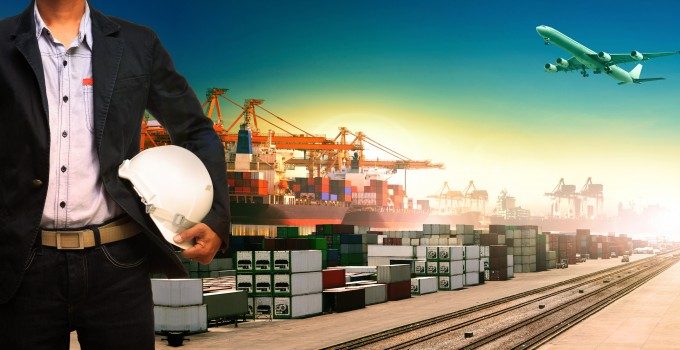Transpac container service closures mount
As spot freight rates on the transpacific trade continue to weaken, the number of service ...

Container line operators face an invidious choice as the fourth quarter looms.
Those that have not installed sulphur scrubbers must pass on the higher cost of fuel compliant with the low-sulphur requirement of IMO 2020, or consider incremental slow steaming to reduce bunker bills.
The results of research MSI suggests slowing the fleet by as little as one knot would, in theory, have a large impact on effective supply, producing a reduction of 3% and 6.6%, a spread which reflects the particular ...
Keep our news independent, by supporting The Loadstar
Volume surge and an early peak season? 'Don't celebrate too soon,' warning
Container spot rates diverge: to Europe still falling, but firmer to the US
Ecommerce likely the front-runner in resurge of transpacific trade after deal
Hapag-Lloyd won't take bookings if port congestion leaves cargo stranded
China-US trade tariff pause could drive a rebound for transpacific rates
Shippers should check out the 'small print' in China-US tariff cuts
Service chaos from trade ban with India a problem for Pakistan shippers
Carriers impose 'emergency operation' surcharges on Pakistan cargo
Airfreight rates ex-China 'loss-making', but hopes of a trade deal stay high
Serious threat to jobs in US logistics as tariffs cause economic 'stagflation'
15% rebate for box ships as Suez Canal Authority woos carriers
White House u-turns see freighters flying but keep logistics players on their toes
MSC in terminal switch as Nhava Sheva gets strong start to new fiscal year
Peak season or recession? Forwarders and shippers need to 'stay flexible'
Volga-Dnepr claims 'pirate' Canada has 'hijacked' its stranded aircraft

Comment on this article
Asaf Ashar
September 26, 2019 at 3:33 pmA nice and comprehensive excercise. One comment: reducing sea distance by dropping port calls (reducing port connectivity) to enable slower speed and savings in fuel consumption — can result in increasing land distance (trucking) and fuel consumption. Accordingly, a more meaningful exercise should encompass the entire O/D transport system.